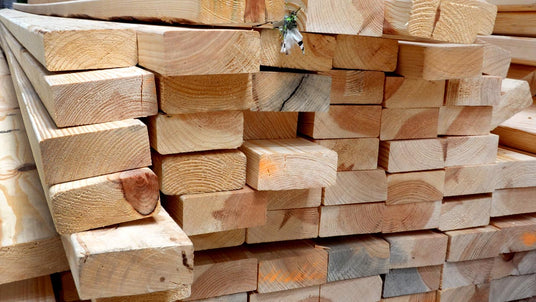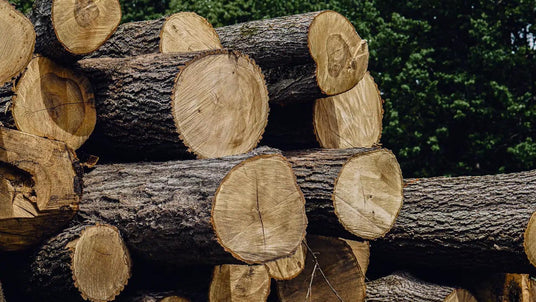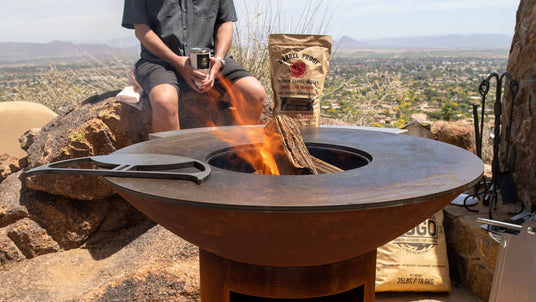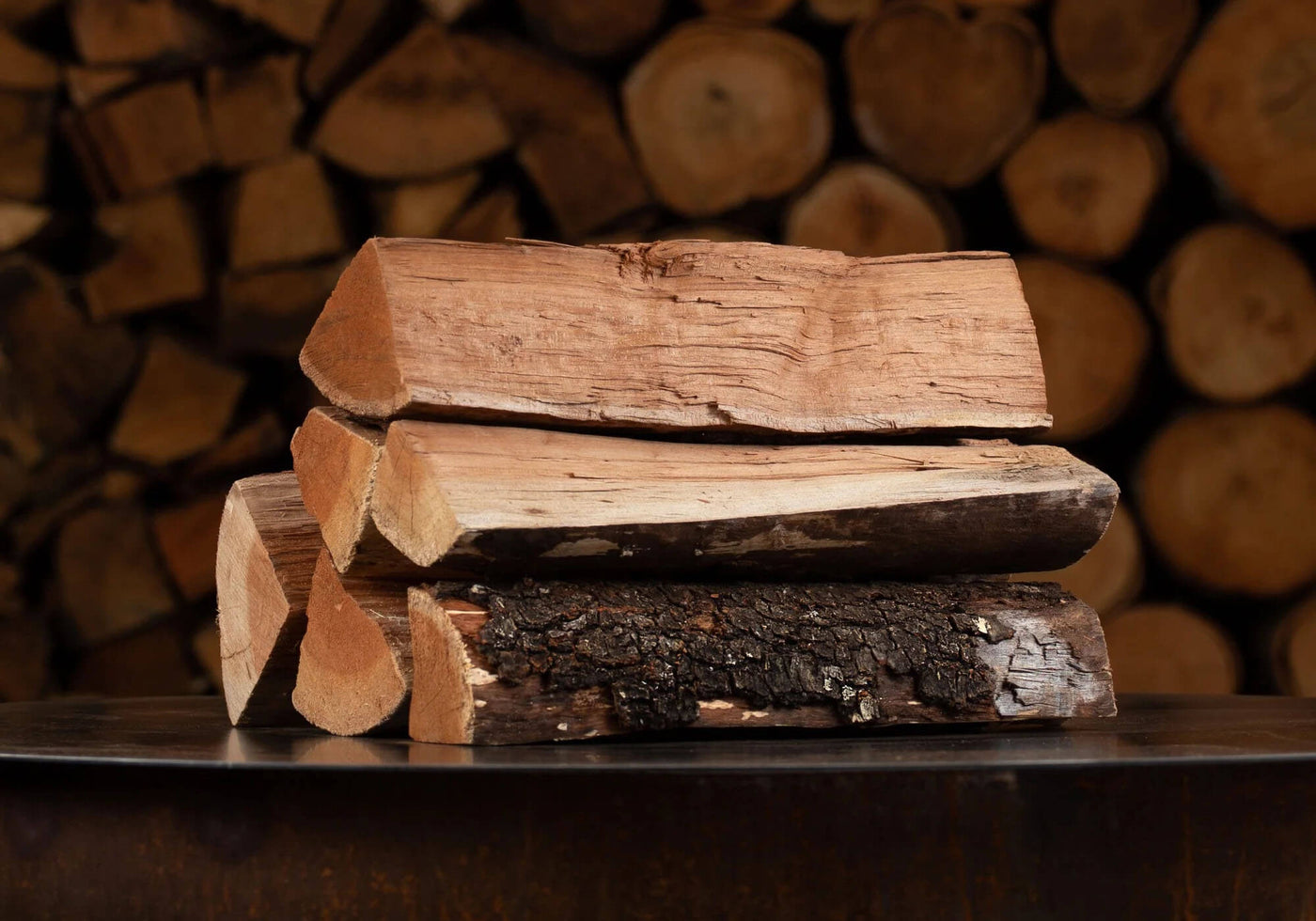
Lumber
Lumber is processed wood, often treated with chemicals for construction. Burning lumber, especially pressure-treated, is hazardous due to these chemicals. They protect against rot, insects, and moisture but can leach into food during grilling, posing significant health risks such as skin and respiratory irritation, and severe conditions like cancer.

Timber
Timber refers to wood in its natural, unprocessed state, unlike lumber. Though sometimes used interchangeably, timber for grilling and smoking is ideally untreated and free from chemicals found in processed lumber. This distinction is crucial as untreated timber is safer for culinary uses, avoiding the health risks associated with chemical treatments in processed wood.

La migliore guida alla legna da ardere
Popular woods for smoking and grilling include hickory, oak, apple, cherry, and maple. Learn about kiln drying and the best firewoods in our complete guide, "The Best Firewood for Your Grill".









